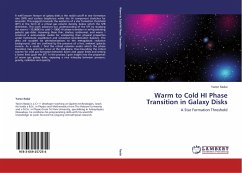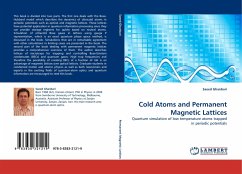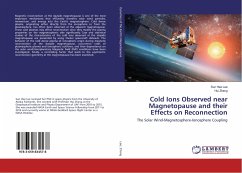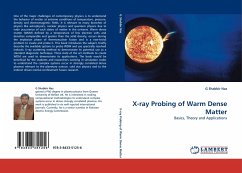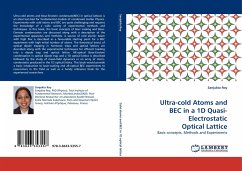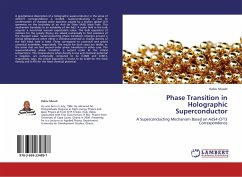A well known feature of galaxy disks is the radial cutoff in star formation rate (SFR) and surface brightness while the HI component stretches far onwards. This suggests towards the existence of a star formation threshold (SFT) in the form of a critical gas column density, below which the SFR diminishes. This work advances our understanding of the SFT by studying the warm (~10,000K) to cold (~100K) HI phase transition in self-gravitating galactic gas disks. Assuming them thin, starless, isothermal, and warm, I construct a semi-analytic model for computing their physical properties under hydrostatic equilibrium and ionization-recombination balance. The disks are coupled via photoionizations to the metagalactic radiation background, and are confined by the pressure of a hot, ambient galactic corona. As a result, I find the critical columns under which the phase transition may and must occur at the mid-plane, thus bounding the critical column for cold gas formation between lower andupper limits and setting a lower limit upon the SFT. In the process I gain insight into the properties of warm gas galaxy disks, exposing a nice interplay between pressure, gravity, radiation and opacity.

